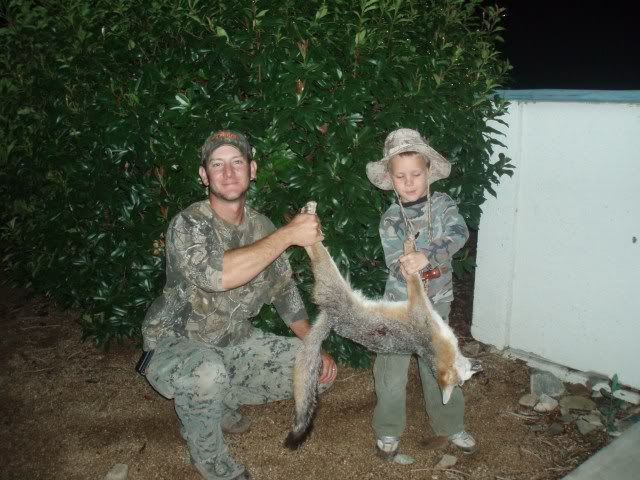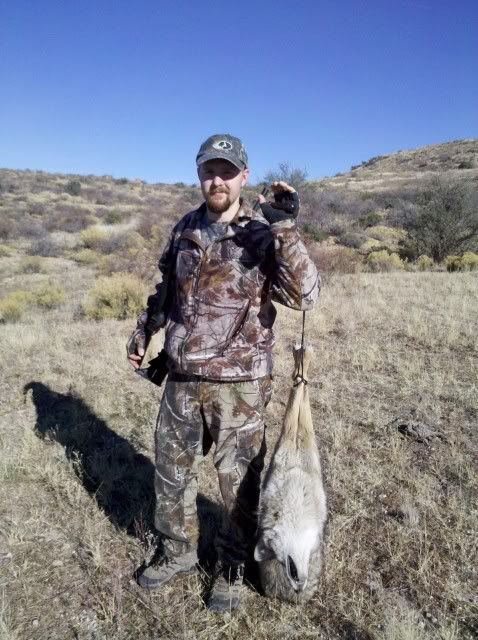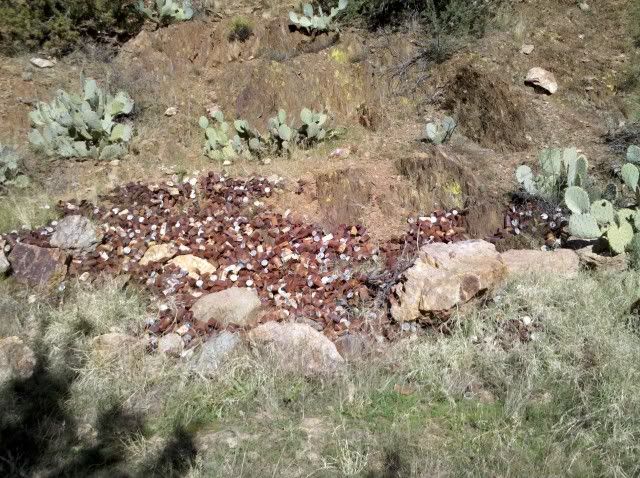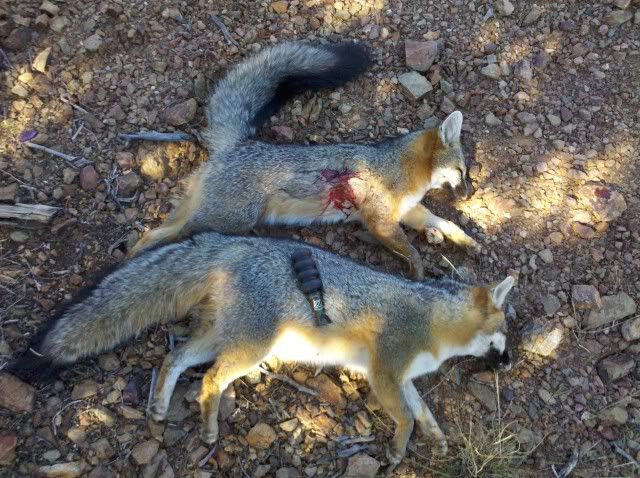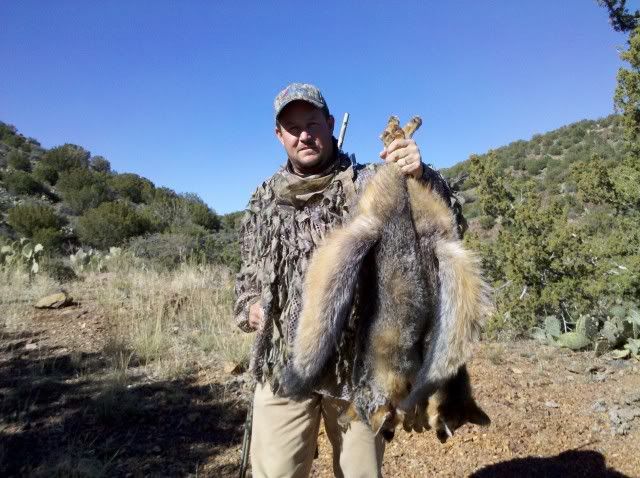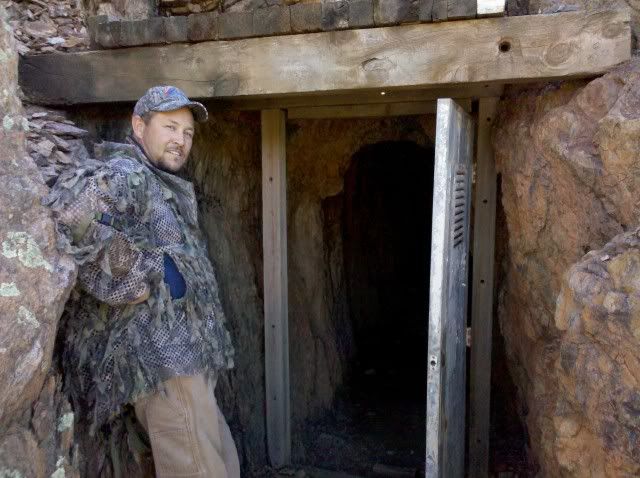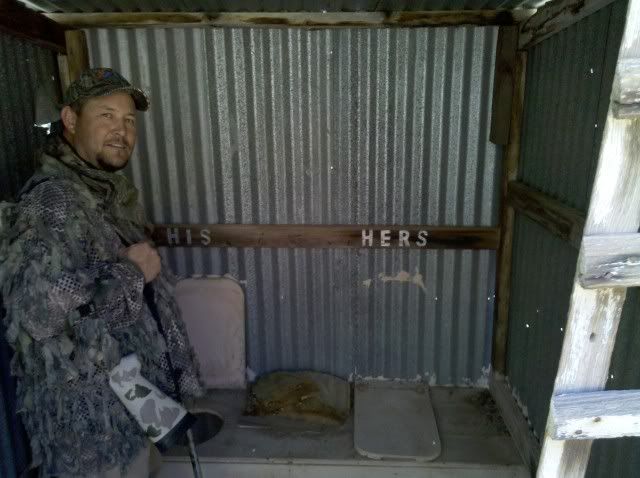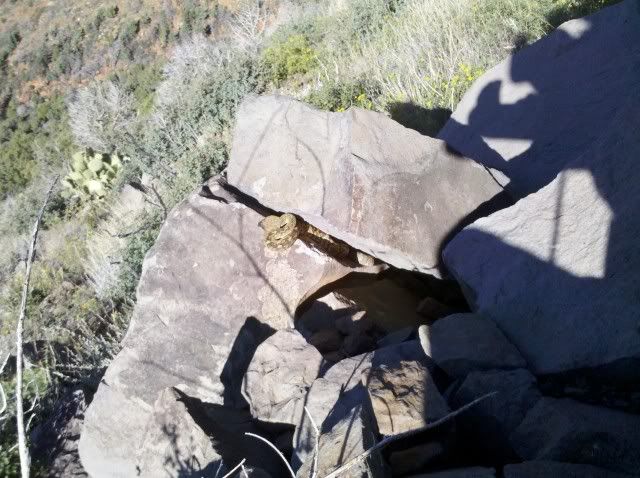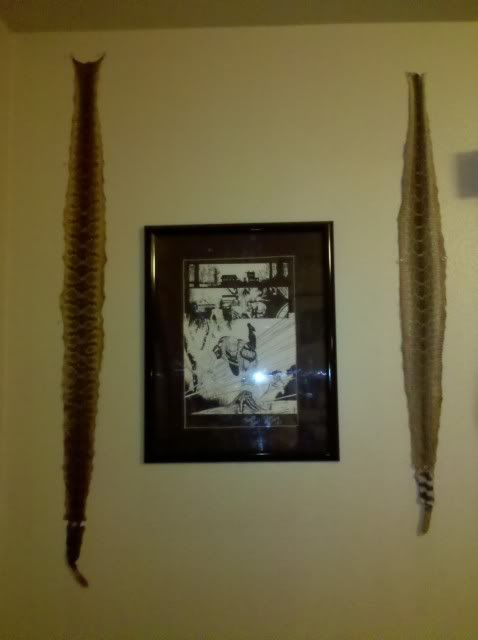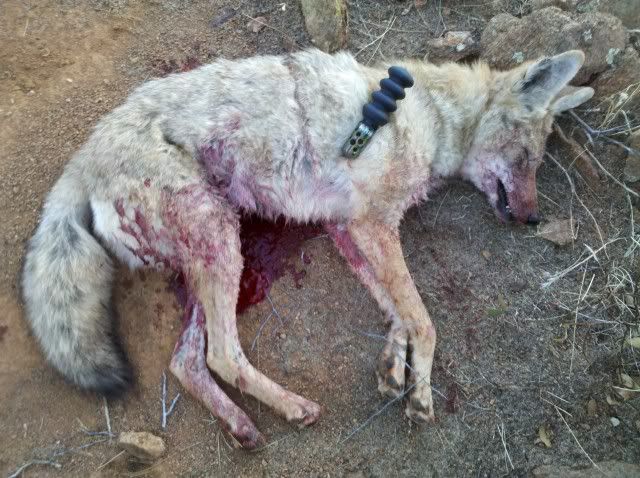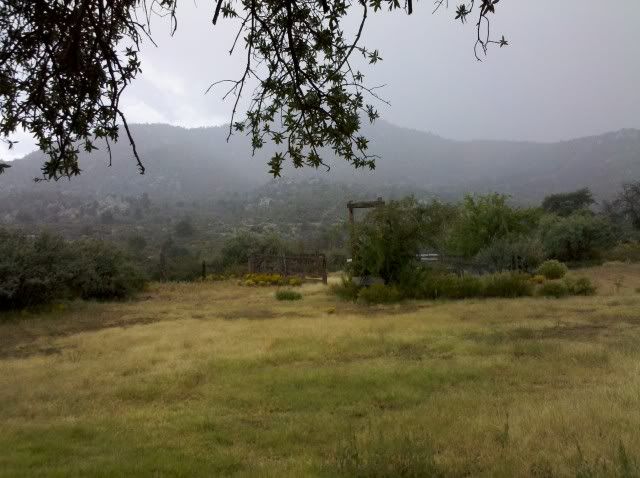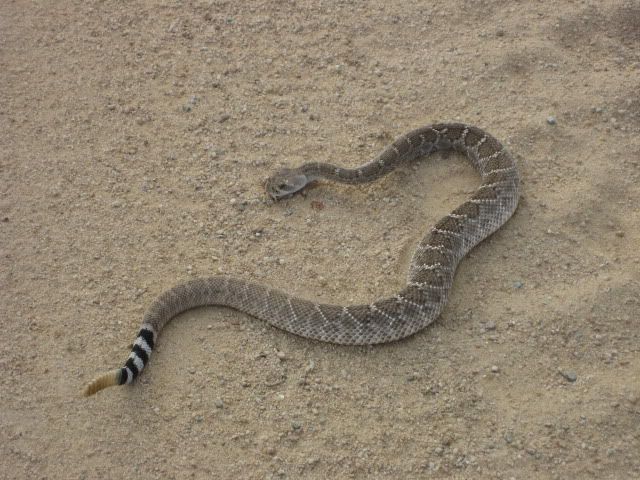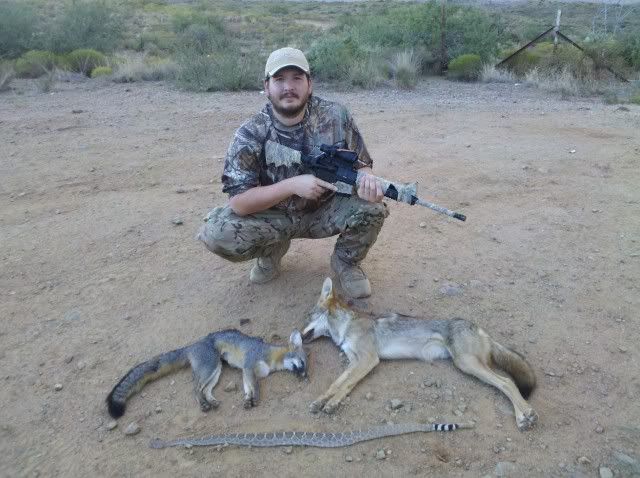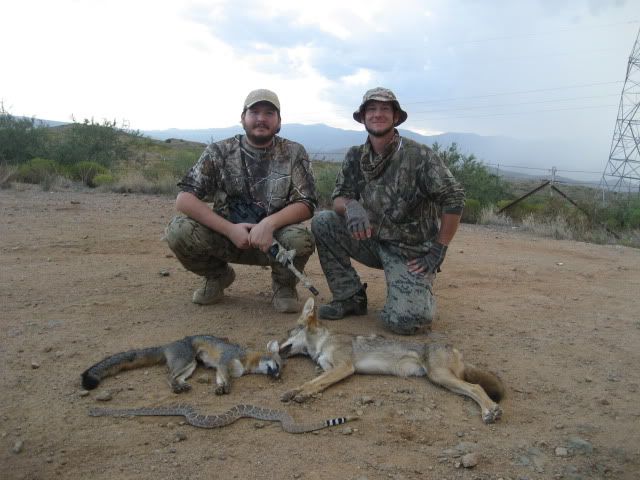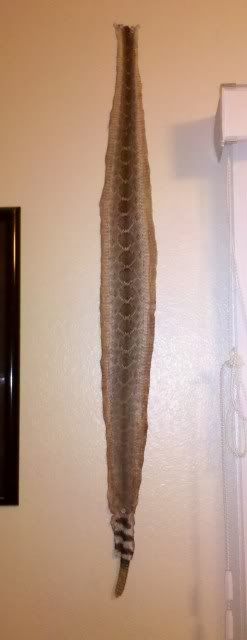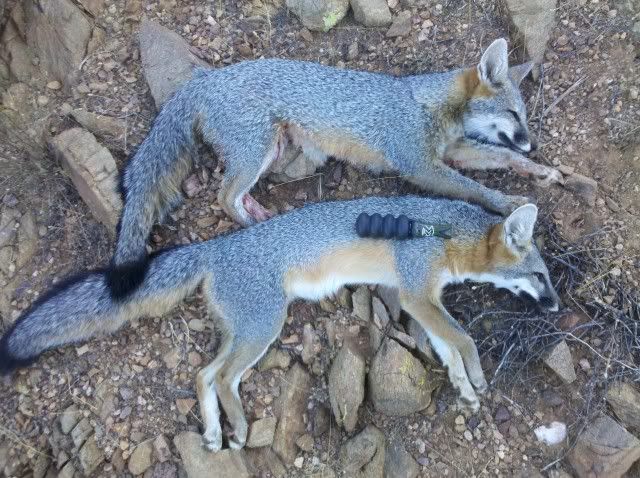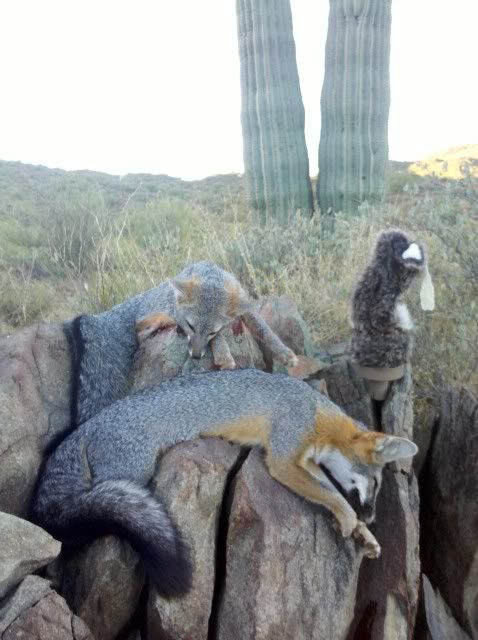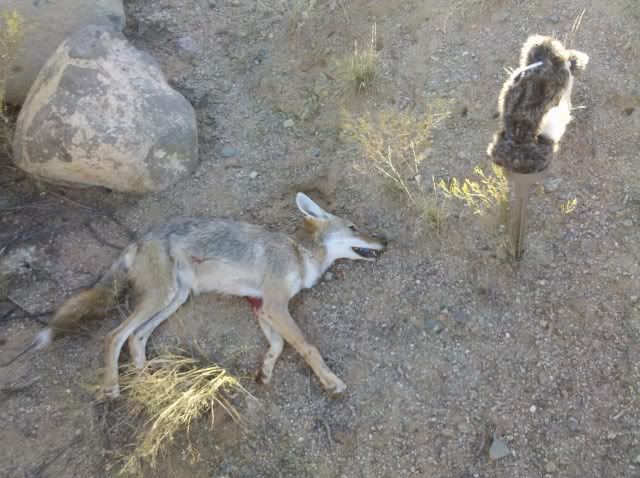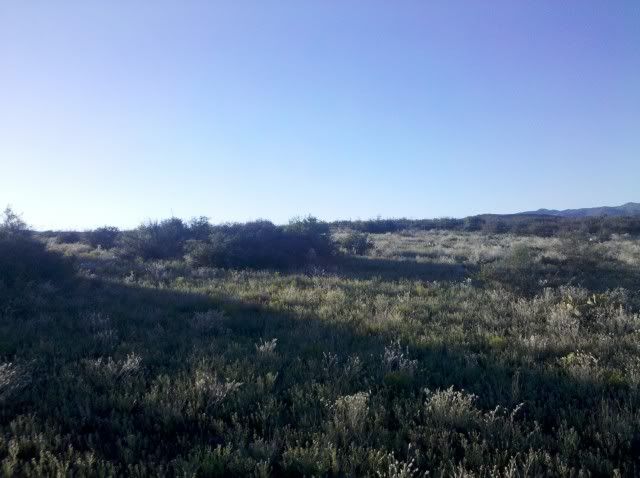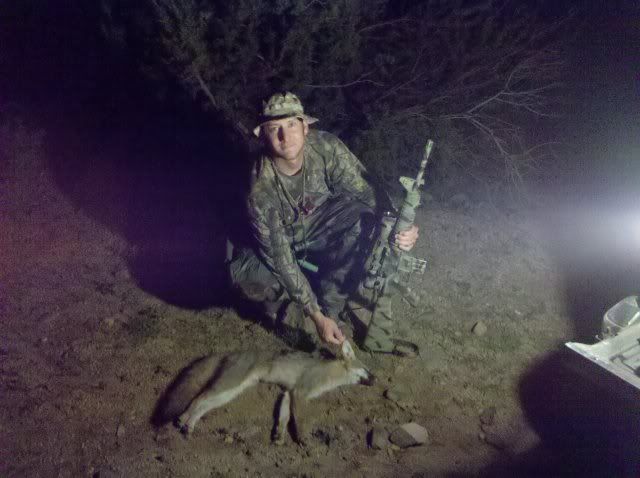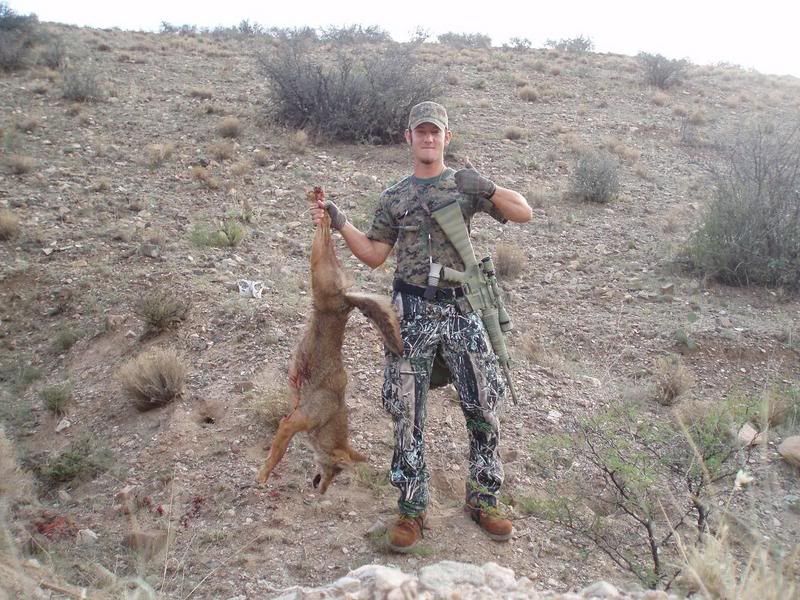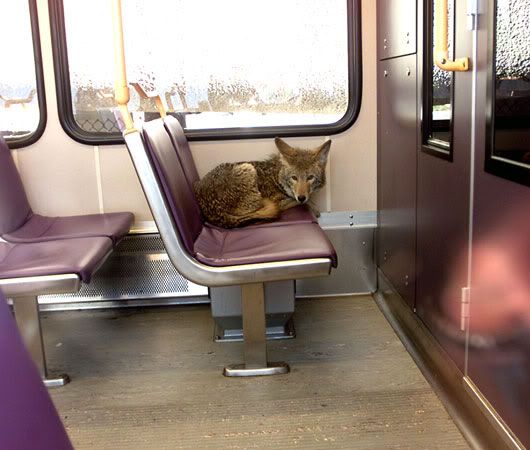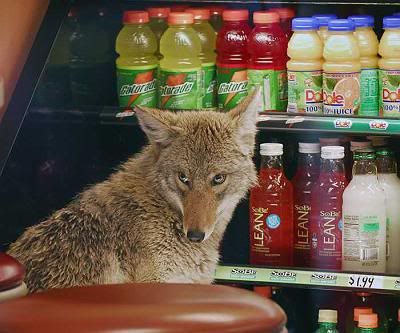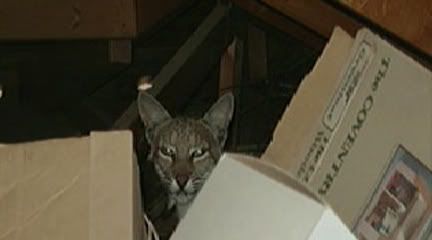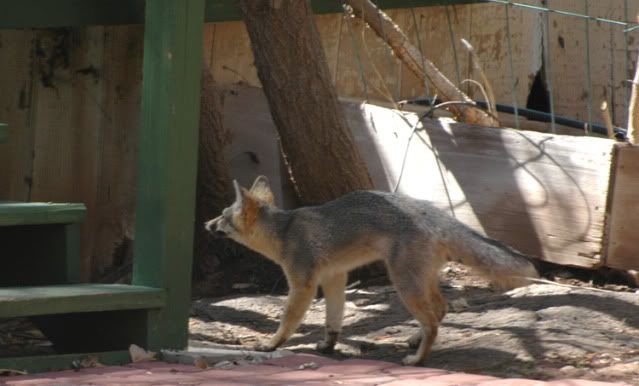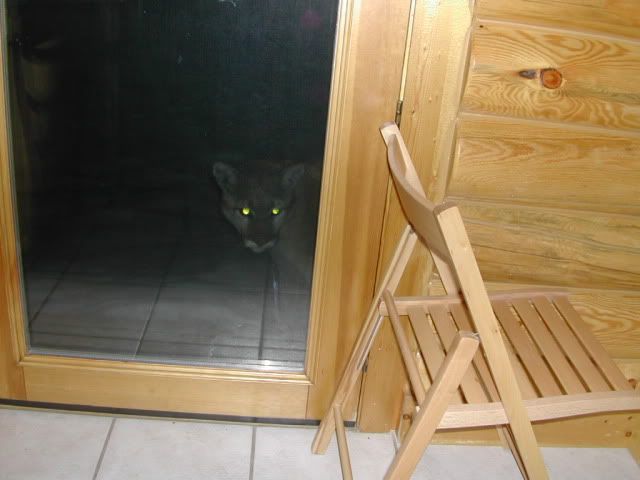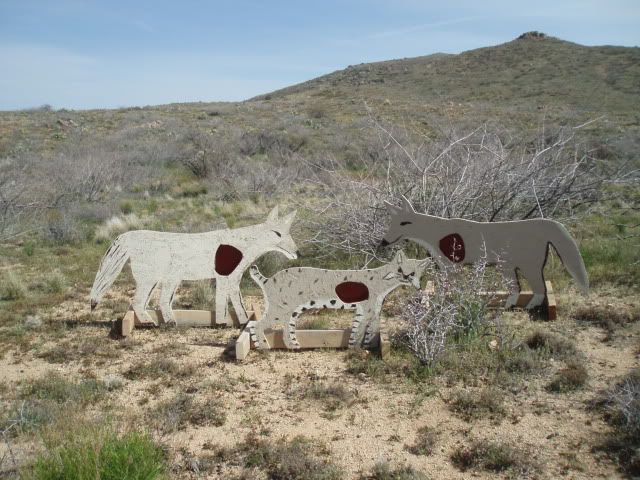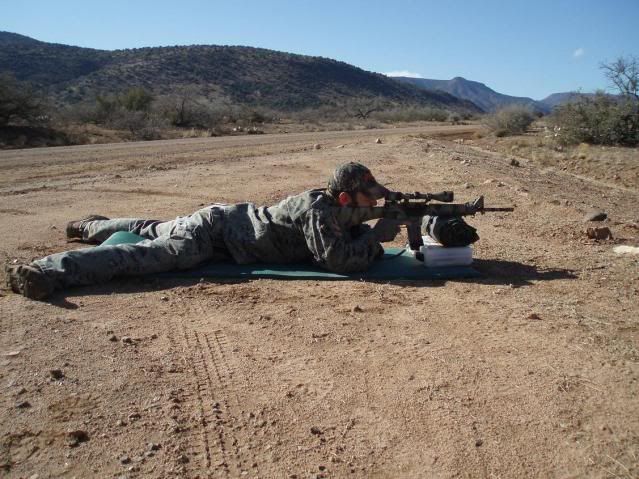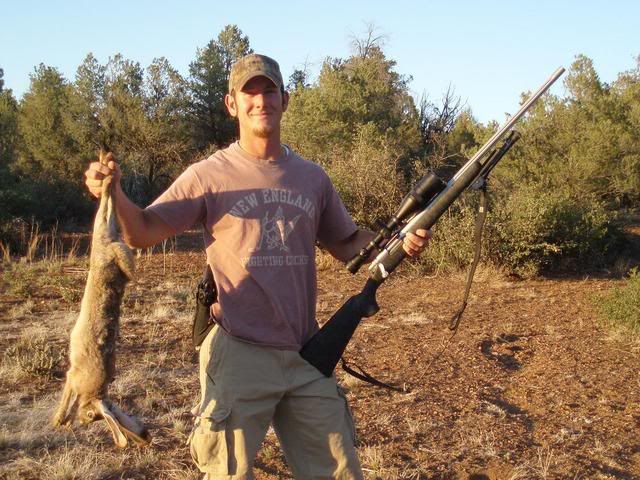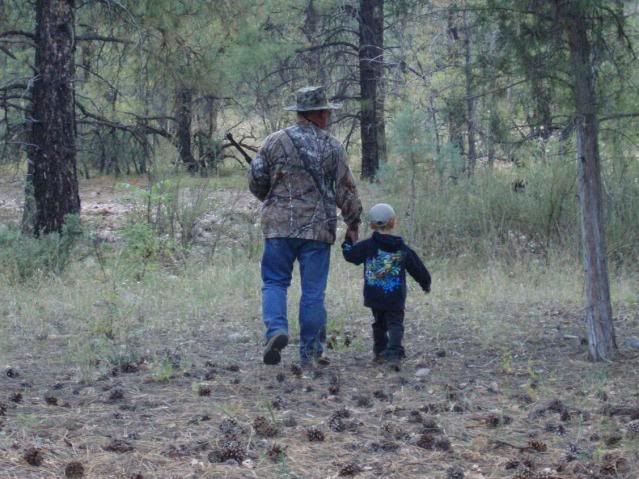Everyone who knows me knows that I am a big advocate of getting kids into the outdoors. Hunting, fishing, hiking, camping, even just playing outside are some activities that so many kids these days are no longer experiencing. There are so many things to compete with - could be the XBox, could be the Internet, could be parental decisions, or it could be the influence of society. Whatever it is, don't let the kids in your life miss out on the excitement of the outdoors
My kids love the outdoors, and I attribute that mostly to the fact that my wife and I get them outside every chance we have. My youngest daughter cries when it's time to come inside, my oldest daughter loves to play in the mud in her favorite princess dress, and my son - well my son is a real outdoorsman in the making. This kid loves it all, whether we're hiking over a mountain, fishing at the lake, or sitting quietly on stand waiting for a predator. And that is where this story REALLY begins
Last December my son and I went out after a gray fox (
A fox and my 6-year-old son) and things didn't work out as planned. Ever since then, we've encountered something we call "The Curse of the Gray Fox". Everytime he and I go out after a fox, something happens: the fox busts us and bolts, nothing shows up in areas where I normally don't strike out, or the firearm I am using has some kind of strange malfunction where the round just goes wherever it wants to (some people refer to this as a "miss"). However, last weekend we had a great rainstorm that cleared up in the evening and I just knew that the calling would be good. Plus it was time it break in the new predator hunting season! So we grabbed our gear and headed out to one of my "fox spots", bound and determined to break "The Curse".
It was muddy but the skies were clearing as we got to our first stand. My son is a real trooper - the mud was so thick and sticking to his shoes that he was at least 3 inches taller! Those shoes must have been extra heavy. We settled into position and I started a serenade of cottontail distress. Suddenly, out of the bushes busts this big ol' jackrabbit! He runs straight towards us and then stops about 6 feet out - sitting on his haunches and giving us a good lookover. Now I like when rabbits show up on stand because they can be great indicators of approaching predators, and this rabbit was no different. Not 30 seconds into the rabbit's staredown he gets a little nervous and decides to leave, just as I see a fox tail darting through the brush towards us. What happened next is still a little unclear to me, but I saw the fox stop behind a tree, get nervous, and then start to head out. He was partially obscured behind the brush as he made his escape, but I fired my shotgun once (okay twice) hoping to put some pellets through that oak scrub, but no luck. Grrrr - "The Curse" continues
My son was excited to have seen the rabbit so closely and to catch a glimpse of the fox, as well. He of course gave me a hard time about shooting (and not hitting) twice. But the sun was still high enough that I knew we'd have time for one more stand. I also knew that foxes aren't the smartest, and can often be called back even after some shooting or being busted. So we headed out, made a 100 yard circle so that we were now north of our first stand, and then tucked ourselves into some juniper trees. I told my son to sit extra still, as I was pretty sure we'd have another fox - and maybe the same one - come in quickly. Shortly after I began calling, a big falcon swooped us, which is always exciting especially when you see those big talons up close! He of course realized that we were not a 3 lb rabbit and veered off before trying to carry us away. Still recovering from the falcon's dive, my son almost missed the gray fox as he came bounding into the stand, looking excitedly around for the source of a possible meal. I can't say for sure if it was the same fox, but he sure showed up quickly! He stopped about 15 feet away and then sensed something was awry, and as male foxes will often do he did the sideways-hackles-up-tough-guy-dance, but that wasn't enough to stop the load of #4 buckshot that found its mark. Say goodbye to "The Curse"!
I turned to my son when the fox went down and from his eyes I could tell he was grinning ear-to-ear. He gave me a great high-five, and we waited a few more minutes to see if we had anymore customers. Both of us were getting anxious to take a look at the first fox we had taken together, so I called the stand off early and we retrieved the fox. I always take the time with my son to explain the circle of life and hunting ethics, and as we petted the soft fur I could tell that my son still retained the respect for animals that has been passed down through the generations of my family.
The sun was sinking low on the horizon, and we still had a bit of a walk to the truck. But as we trudged through the slippery mud, fox in hand, I couldn't think of anywhere I'd rather be. And looking at my son's wide smile, I knew he felt the same way.
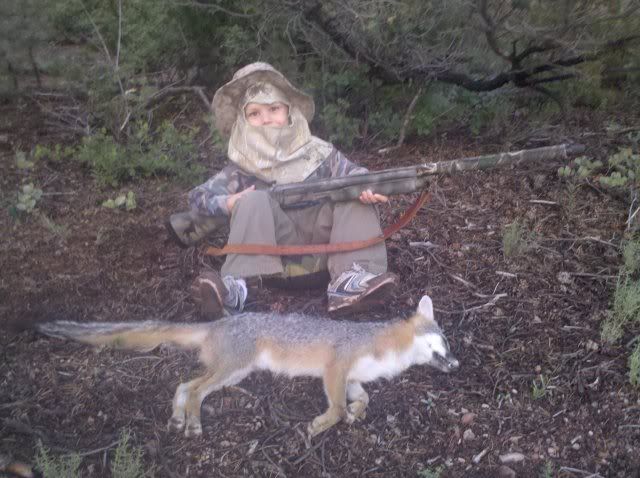
If you want to get a kid in your life involved in the outdoors, here's some tips that I have:
-Take them out when they are ready, don't force it. Each kid will be different in the age they are ready and the level and type of activity that they may want to do.
-Make it enjoyable for them. Bring snacks, juice drinks, even small toys if need be. Bring a cushion or seat for them if you will be sitting for a long time. Make them comfortable and they will want to do it again.
-Chill out. Don't take your first-time hunter on a trophy elk hunt. Don't even expect to see / kill / catch anything when you take them out for the first few times. Give them an opportunity to develop their outdoor skills and to increase their level of excitement for it.
-Don't hassle them if they miss a shot or don't set a hook in time or don't want to climb a mountain. Let them learn from their mistakes, but also challenge them to overcome obstacles and then hold them to those challenges.
-Let them rest when they need to, and make time for breaks. Show them all the wonders of the outdoors, but also let them discover things for themselves. Let them wander a bit.
-Teach them to be ethical sportsmen and fair chase hunters. Be understanding if they are emotional about the first few animals or fish that they see dead. Give them the knowledge they will need to defend their position on hunting and the outdoors by explaining the need for hunting and fishing.
I know too many kids (and adults) who have had hunting, fishing, or other outdoor activities ruined for them because whoever they were with was too serious or too big of a jerk to allow them to enjoy the whole experience. Show your kids the passion you have for the outdoors through the enjoyment of what you do. They'll understand, and then you'll have many opportunities together to chase that big buck or watch that bobcat slink into stand.
And those are the memories that will last a lifetime.
